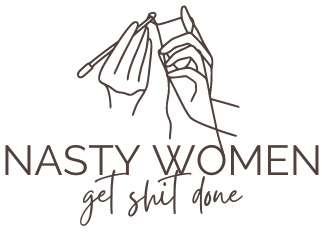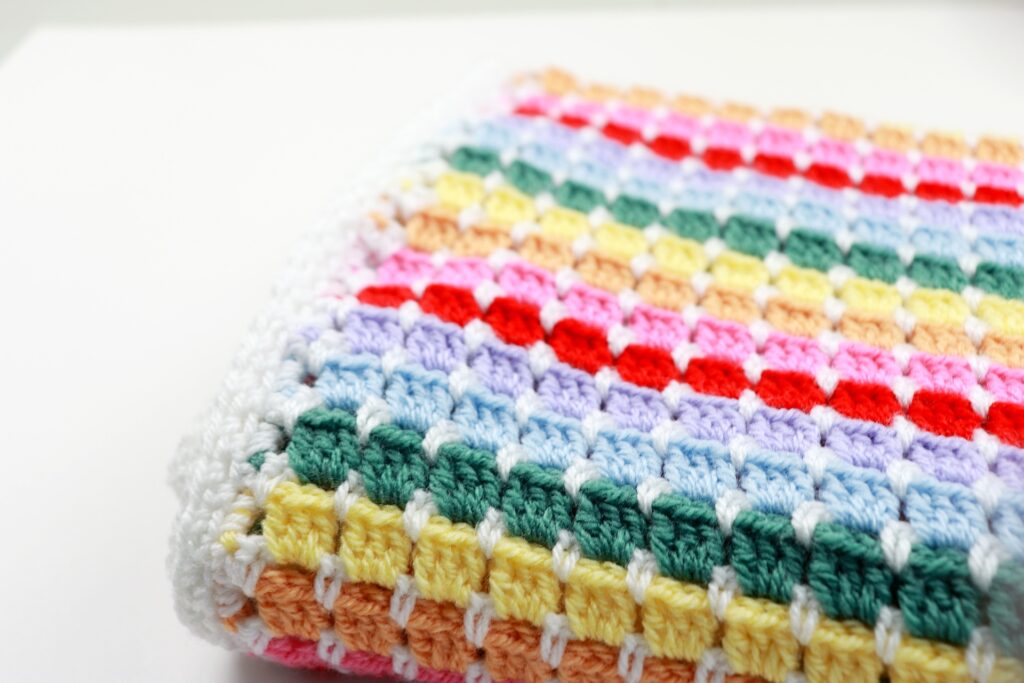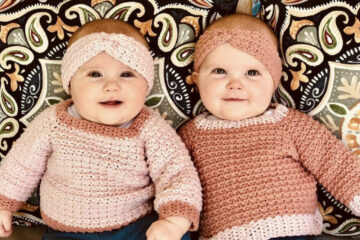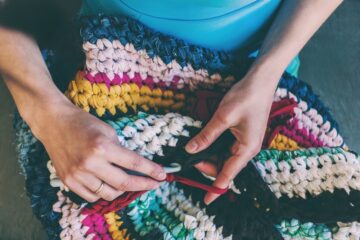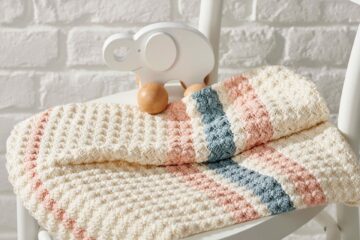Crochet is one of the most loved and practiced crafts that blends creativity and provides immense relaxation. Among a list of various crochet designs, block stitch crochet is one of the best forms in terms of texture and geometric design. Starting from novice to advanced practitioners of crochet boxed block stitch, everyone enjoys this type of crochet. When looking at this art for the first time, it might seem difficult and confusing, but in reality, it’s an easy one to incorporate.
In this blog, we will unravel the essence of the Crochet Boxed Block Stitch, peeling the layers to reveal its anatomy, exploring its applications, and equipping you with the knowledge to embark on your adventure into this world of textured wonder.
What is a Crochet Boxed Block Stitch?
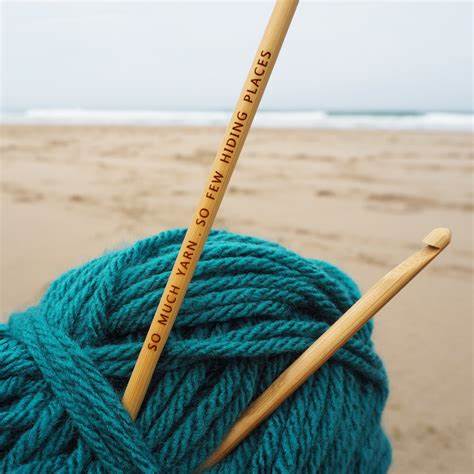
The Crochet Boxed Block Stitch is a compelling texture pattern that gives crochet projects depth and dimension. This stitch combines single and double crochets, two fundamental crochet stitches, in a purposeful pattern that resembles interlocking squares or “boxed blocks.”
A foundation chain is usually the first step in the block stitch crochet, which is then followed by rows of interlocking stitches. Single crochets and double crochets alternate in the pattern, frequently with chain intervals in between. Because of the stitch’s adaptability, crocheters can experiment with different yarn types, hues, and project sizes.
Materials You Will Need for Block Stitch Crochet
Beginning with basics for crocheting, here is the list of a few basic equipment that you will need for proceeding with the work ahead.
| Yarn | Scissors |
| Crochet Hook | Yarn Needle |
| Measuring Tape | Stitch Markers |
- Yarn: Pick a yarn that is appropriate for your project. The thickness of the yarn will affect the finished piece’s overall feel as well as the size of your stitches. The yarn’s weight, yardage, fiber content, and suggested crochet hook size will all be listed on the label.
- Crochet Hook: Use a crochet hook whose size corresponds to the yarn weight you’ve selected. If you’re unsure, start with the recommended hook size shown on the yarn label and make adjustments as necessary to get the gauge you want.
- Scissors: To properly cut the yarn while changing colors or completing your craft, you’ll need a pair of sharp scissors.
- Yarn Needle: To weave in loose yarn ends at the start and finish of your project, as well as when switching colors, use a tapestry needle with a large eye. This makes the yarn more secure and gives your item a finished appearance.
- Measuring Tape: A measuring tape or ruler is essential for correctly measuring the dimensions of your finished object and checking your gauge.
- Stitch Markers: These tiny, removably attached markers make it easier to locate particular stitches or parts of your work. When a pattern instructs you to mark the start of a round or keep track of stitch counts, they are very helpful.
Step-By-Step Tutorial on Crochet Boxed Block Stitch
Follow the given steps carefully to make use of the crochet boxed block stitch:
Step 1: Foundation Chain
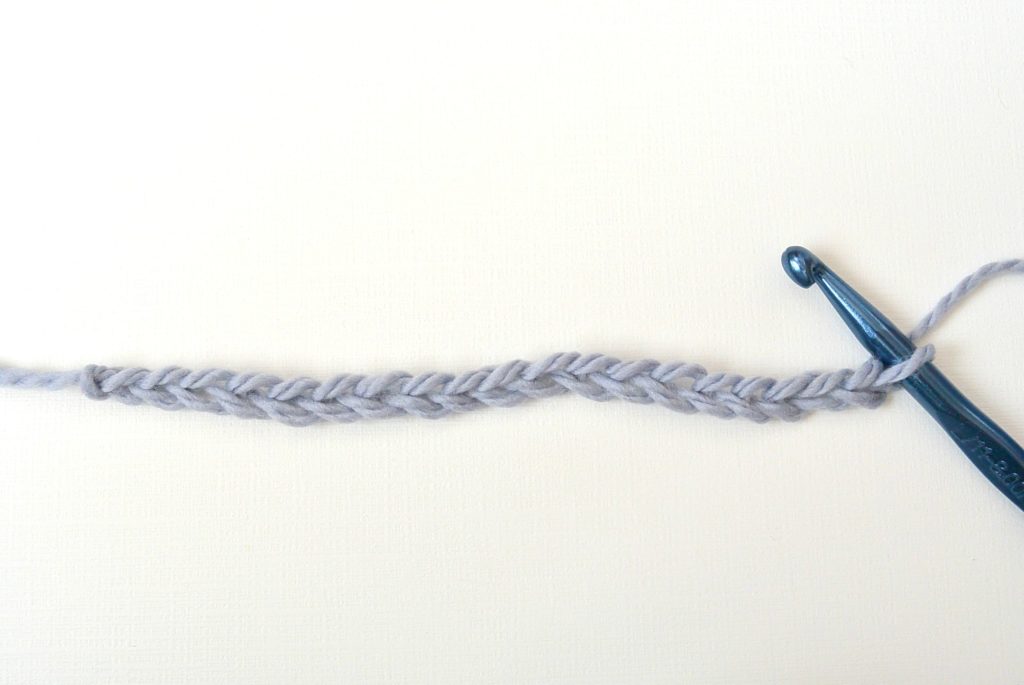
Make a foundation chain first. Choose a stitch count that is a multiple of 3, adding 2 extra chains for turning. As an illustration, you may begin with a chain of 20 chains plus 2 chains.
Step 2: First Row
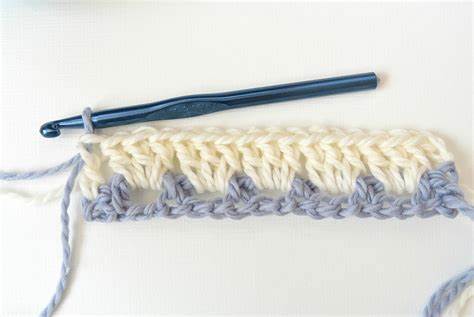
- Firstly, turn in your work.
- The first two chains, which count as your first single crochet, should be skipped.
- In the third chain from the hook, there is a single crochet.
- Work a single crochet in the following chain to continue.
- Double crochet in the second chain after chaining 2, skipping the next two chains. Continue in this order throughout the row.
- Add a single crochet to the last stitch to finish the row.
Step 3: Second Row
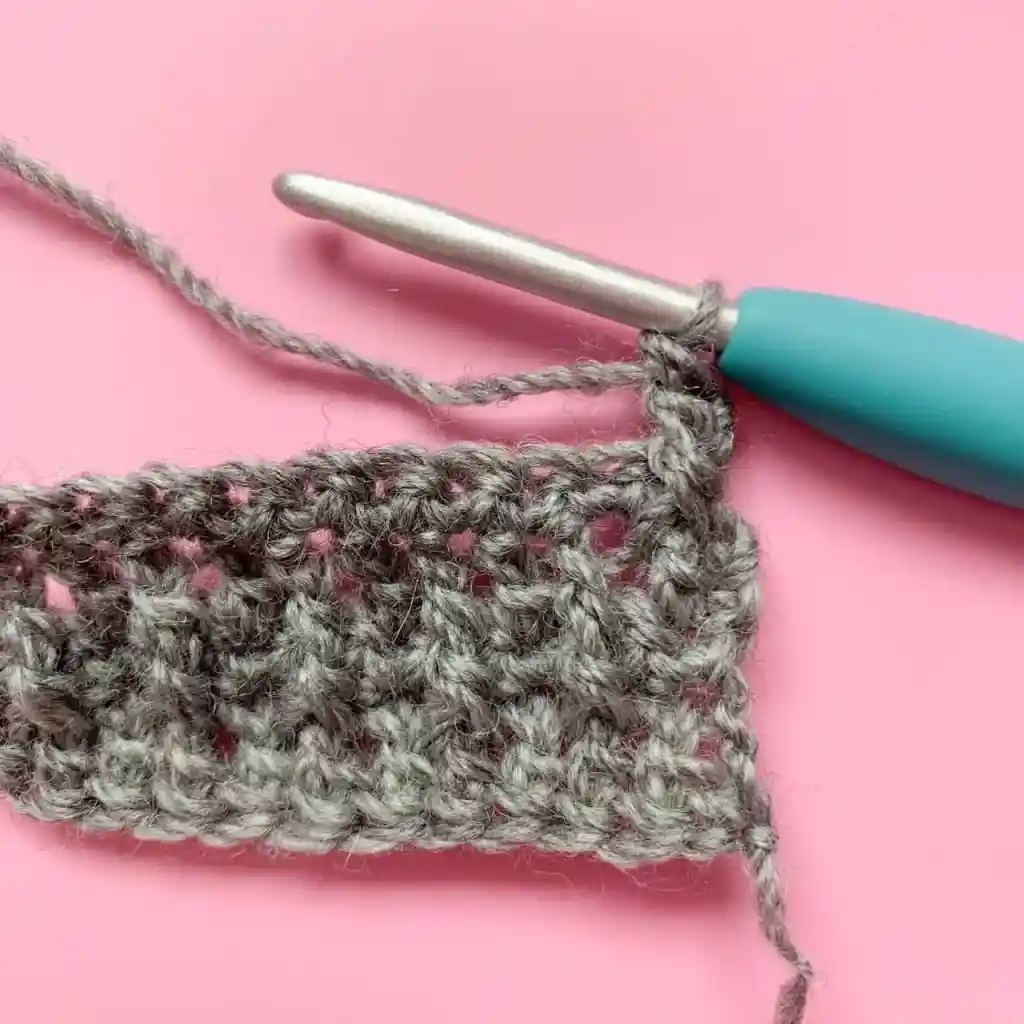
- Now, turn in your work.
- Chain 3 (initial double crochet counts as chain 3).
- In the following chain-two spaces from the previous row, make a single crochet.
- Double crochet in the same chain-2 space as the second chain.
- Chain 2, then single crochet in the following chain-2 slot after skipping the next double crochet. Follow this pattern all the way across the row.
- In the final single crochet of the preceding row, do a double crochet to complete the row.
Step 4: Third Row
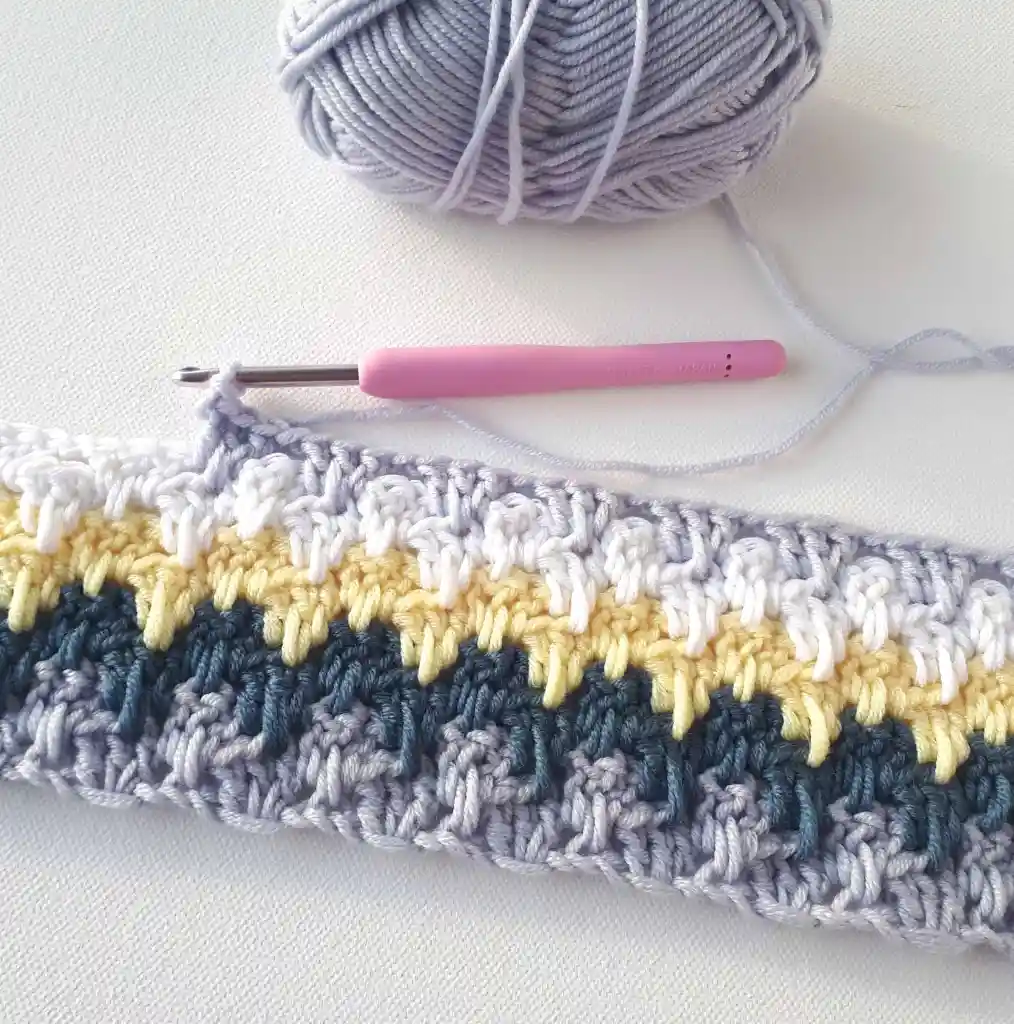
- Turn your work.
- Work a single crochet in the first stitch after making a chain (this does not count as a stitch).
- Double crochet in the same chain-2 space as the second chain.
- Next, chain-2 gap, single crochet after chain 2. Continue in this order throughout the row.
- Add a single crochet to the turning chain 3 of the previous row to finish the row.
Step 5: Repeating Steps 2-4
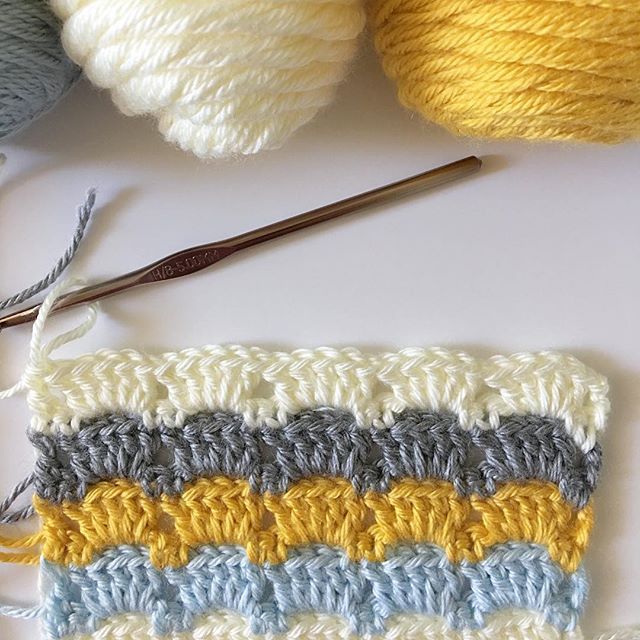
Repeat steps two through four until your piece is the desired length. The intriguing boxed block texture is made possible by the rhythm of these actions. Be careful with the stitches and strictly follow the steps mentioned above.
Step 6: Finalising Your Project
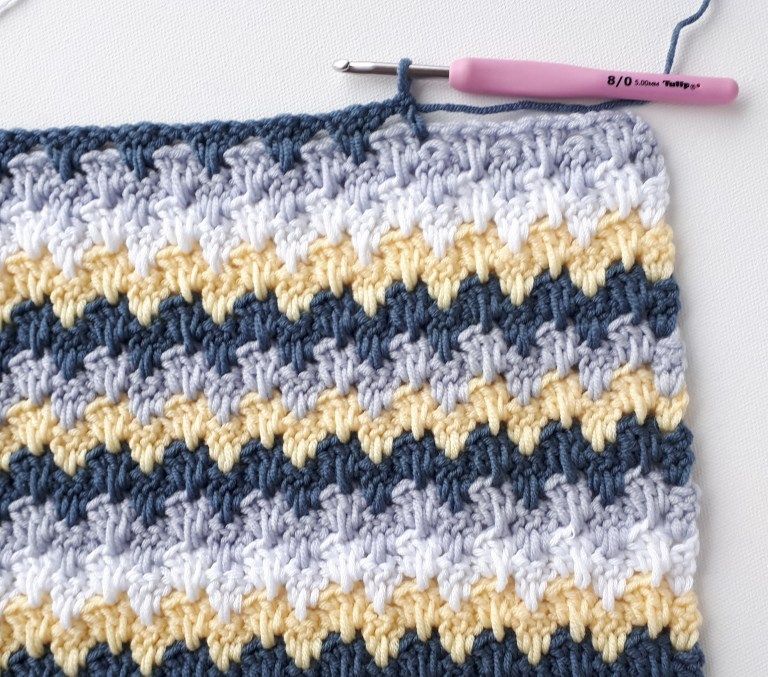
- Finish the last row in accordance with the set pattern to complete your masterpiece. Depending on your desire, you can choose a single crochet row or a double crochet row.
- Cut the yarn, leaving a tail for later weaving.
- Use the yarn needle to expertly weave any loose ends into the fabric, producing a polished and orderly result.
Variations for Crochet Boxed Block Stitch
There is not just one way of making this pattern of boxed stitch crochet. You get multiple choices to choose from. Check out the following variations in block stitch crochet:
- Extended Stitches: Utilise extended stitches, such as treble crochet (tr) or even taller stitches, to give the boxed blocks more height and elongation. This version might produce a texture that is light and open.
- Boxed Blocks with Bobbles: Bobbles or popcorn stitches can be used in boxed blocks for added dimension and tactile interest. To produce a lovely texture, strategically place the bobbles.
- Lacy Boxed Blocks: Use lace-like stitches, such as chain gaps, picots, or openwork motifs, instead of sewing solid stitches in the boxed blocks. This gives the appearance of being delicate and airy.
- Diagonal Boxed Blocks: They should be crocheted diagonally across your project to create a diagonal design. This variance can produce a distinctive, contemporary appearance.
Advantages & Disadvantages of Block Stitch Crochet
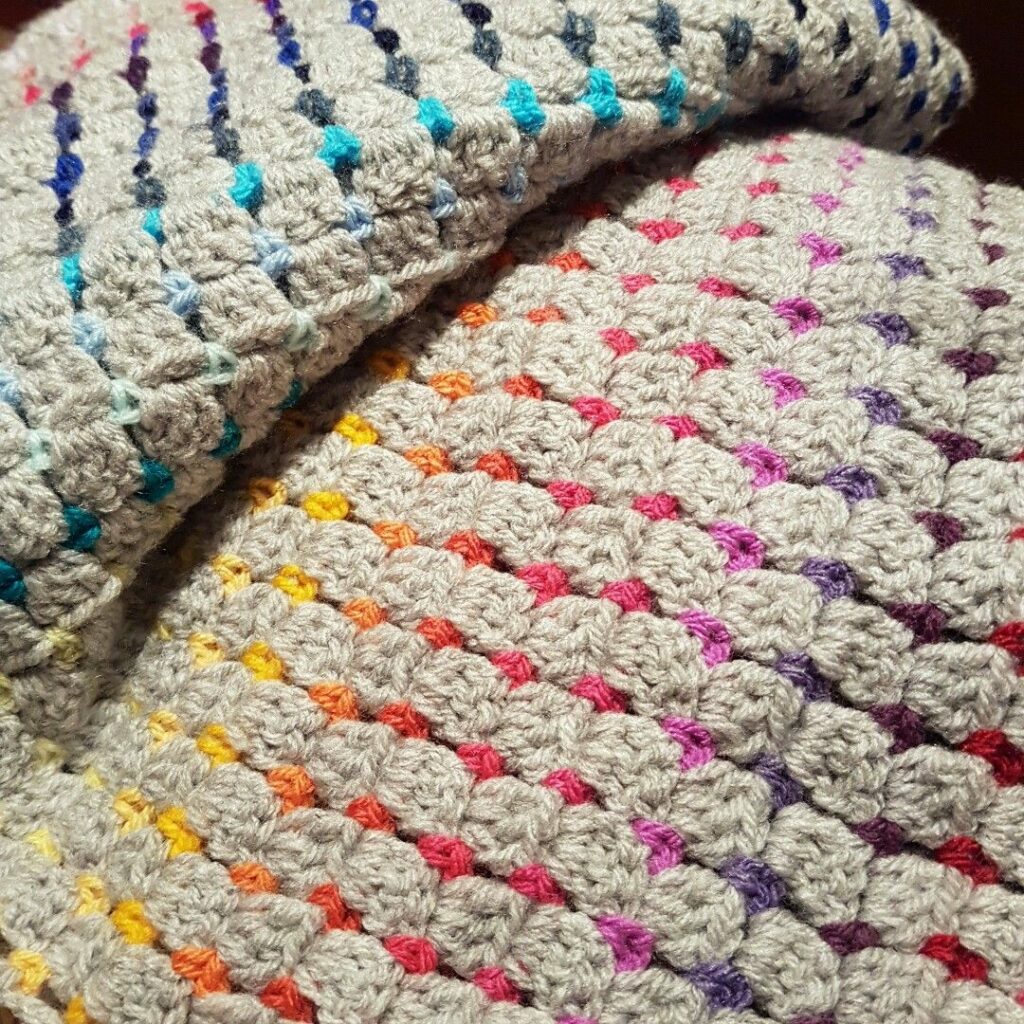
Every crochet stitch has its advantages and disadvantages, but you need to choose according to the requirement or pattern of the item you want to make. It nurtures creativity and brilliantly displays yarn and a community of crafters who are drawn together by their love of this captivating method.
Advantages
- Your designs gain depth and visual interest because of the intriguing design created by the interaction of single crochets, double crochets, and chain gaps.
- The pattern is quite adaptable and may be used to make a variety of things, including blankets, scarves, clothing, and home decor.
- Once you are comfortable with the stitch pattern, it is simple to get into a rhythm, which makes it possible for you to work more productively and finish jobs quite fast.
Disadvantages
- Compared to simpler stitches, the Crochet Boxed Block Stitch can use more yarn since the textured pattern calls for more stitches and yarn every row.
- It could be necessary to memorize or constantly refer to the pattern, which might be difficult for some crocheters, depending on how long your project is.
- The stitch design demands a combination of stitches and careful attention to maintain the pattern correctly; thus, beginners may find it initially more difficult to work up.
Tips & Tricks You can Follow when making Block Stitch Crochet
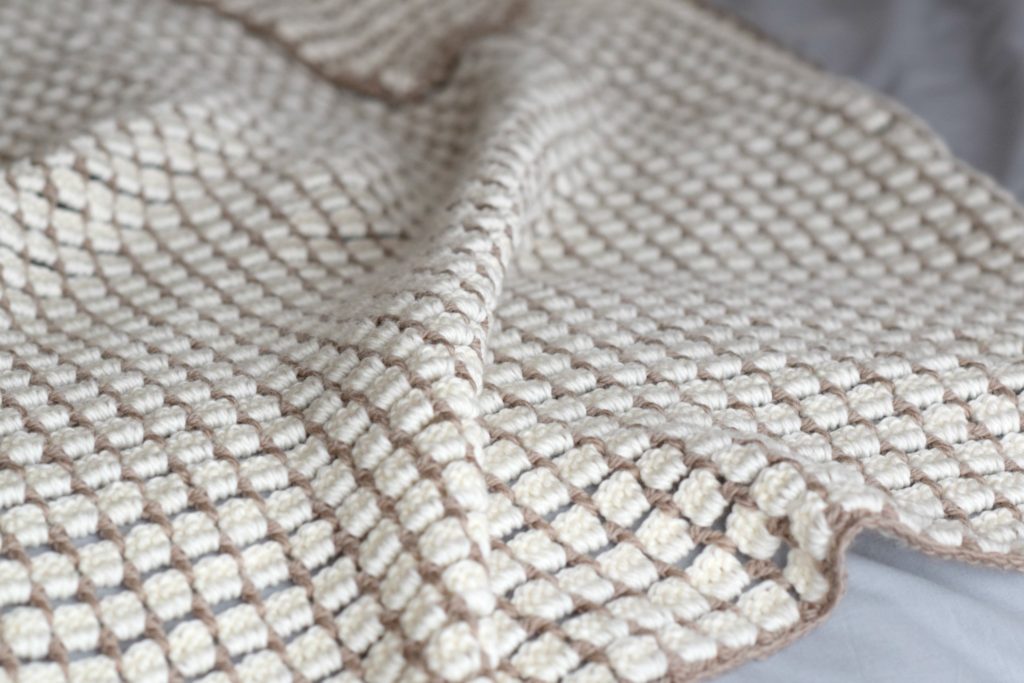
We have guided you all the way to this point to proceed with projects that are easy to understand and self-explanatory. However, here are a few quick tips that we would wish you to adhere to for sound execution. Look out for the following points when you are using the block stitch crochet technique to make your art:
- Keep an even tension throughout your task to ensure uniform stitches.
- Choose the right yarn by experimenting with a variety of yarn kinds to create textures and looks that are unique.
- Make a practice swatch to familiarise yourself with the stitch and gauge before starting a larger project.
- To avoid unintentional additions or omissions, count your stitches frequently.
- Blocking can help to improve stitch definition and shape once your product is finished.
Conclusion
The Crochet Boxed Block Stitch is a memorial to the endless possibilities of artistic expression in the world of crochet, where creativity and yarn intertwine. You will be moved by the complex dance of single crochets, double crochets, and chain spaces that come together to create an ensemble of textured elegance. Keep in mind that each stitch you complete brings you one step closer to mastering a timeless talent as you set out on your own block stitch crochetjourney.
The Crochet Boxed Block Stitch is crucial because it produces complicated textures that may be used in a variety of crafts. The boxed blocks invite you to explore, experiment, and dream, regardless of your level of crocheting proficiency.
So, it is time for you to pick up your yarn and hook to create magic! Follow our comprehensive guide to create magic with the touch of personalization to get the best from the art of yarn and needles.
Frequently Asked Questions
Can Novices Use the Block Stitch Crochet?
Yes, beginners can take up the Block Stitch crochet and grow to appreciate it. Since the pattern is repeating, it is manageable and provides a balance between simplicity and aesthetic appeal. Beginners can practice and produce lovely textured products by starting with simple tasks like dishcloths or scarves.
Can I Do the Crochet Boxed Block Stitch Using Different Yarn Types and Colors?
Certainly! The Crochet Boxed Block Stitch can be used with a variety of yarns and hues. To create distinct textures and color patterns within the blocks, experiment with various weights and colors. This stitch allows for the customization of crafts and allows both inexperienced and seasoned crafters to express their individuality.
Is There a Crochet Boxed Block Stitch Variant or Modification?
Yes, the stitch heights or the amount of stitches in each block can be changed to alter the Boxed Block Stitch. Some variations involve using different stitches or more colors. These adjustments provide you the chance to give your crocheted products unique textures and aesthetic effects.
Are There Any Typical Errors to Watch out for When Using the Block Stitch Crochet?
Watch out for uneven tension when crocheting the block stitch since this can result in uneven blocks. Be wary of counting stitches incorrectly within blocks, which could lead to a pattern that isn’t aligned. Follow the pattern’s directions precisely to retain the right order of stitches for a neat and professional finish.
Are Products Made with the Crochet Boxed Block Stitch Required to Be Blocked?
Crochet Boxed Block Stitch items don’t always require blocking, but they can improve the overall appearance and shape. Blocking evens out tension smooths stitches, and establishes the final form. However, blocking is optional and only recommended for complex tasks or when you want a cleaner finish.
